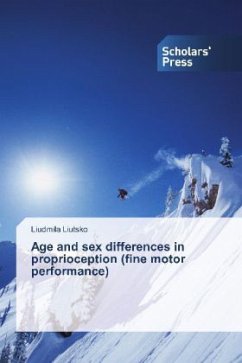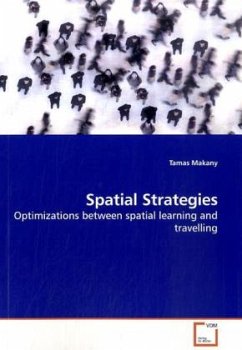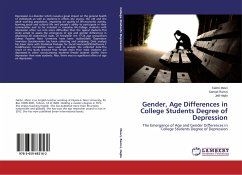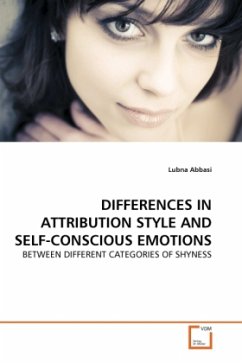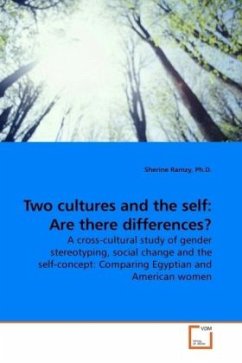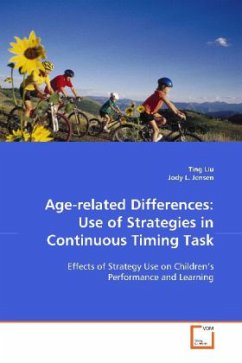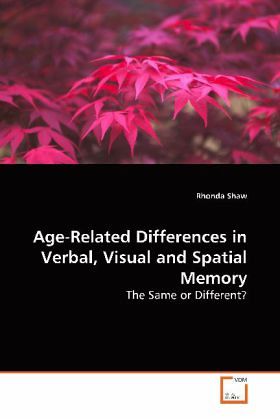
Age-Related Differences in Verbal, Visual and Spatial Memory
The Same or Different?
Versandkostenfrei!
Versandfertig in 6-10 Tagen
39,99 €
inkl. MwSt.

PAYBACK Punkte
20 °P sammeln!
It is now generally accepted that the population of industrialised countries is aging. Although increasing longevity is a good thing, a number of issues are also raised. For example, many older adults experience a decline in various aspects of cognitive functioning. Working memory, which refers to a memory system that allows us to process, store and manipulate information, has been found to be particularly sensitive to age-related declines. However, much of the work on age differences in working memory has concentrated on the verbal domain in which there are clear declines. Much less is known ...
It is now generally accepted that the population of
industrialised countries is aging. Although
increasing longevity is a good thing, a number of
issues are also raised. For example, many older
adults experience a decline in various aspects of
cognitive functioning. Working memory, which refers
to a memory system that allows us to process, store
and manipulate information, has been found to be
particularly sensitive to age-related declines.
However, much of the work on age differences in
working memory has concentrated on the verbal domain
in which there are clear declines. Much less is
known about visual memory. Furthermore, there has
been relatively little work comparing age
differences in verbal, visual and spatial memory.
This book attempts to address this gap by asking
whether there are age differences in verbal, visual
and spatial memory and whether any differences are
the same, or different, across domains. The book
would be a useful resource for memory and aging
researchers as well as for older adults.
industrialised countries is aging. Although
increasing longevity is a good thing, a number of
issues are also raised. For example, many older
adults experience a decline in various aspects of
cognitive functioning. Working memory, which refers
to a memory system that allows us to process, store
and manipulate information, has been found to be
particularly sensitive to age-related declines.
However, much of the work on age differences in
working memory has concentrated on the verbal domain
in which there are clear declines. Much less is
known about visual memory. Furthermore, there has
been relatively little work comparing age
differences in verbal, visual and spatial memory.
This book attempts to address this gap by asking
whether there are age differences in verbal, visual
and spatial memory and whether any differences are
the same, or different, across domains. The book
would be a useful resource for memory and aging
researchers as well as for older adults.




